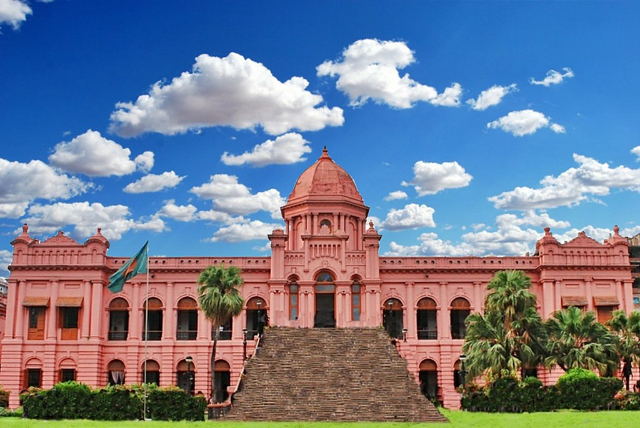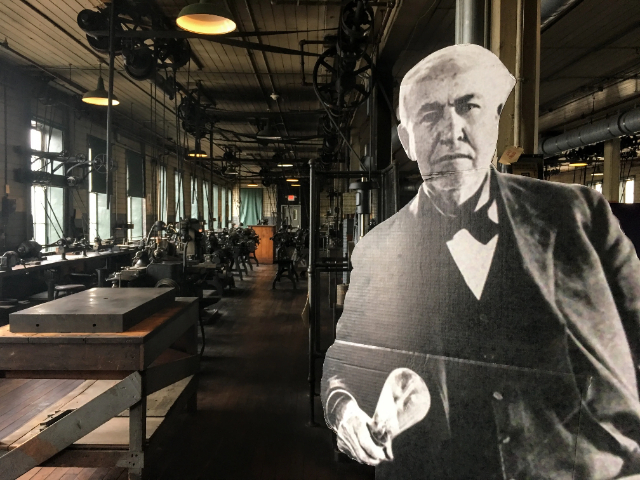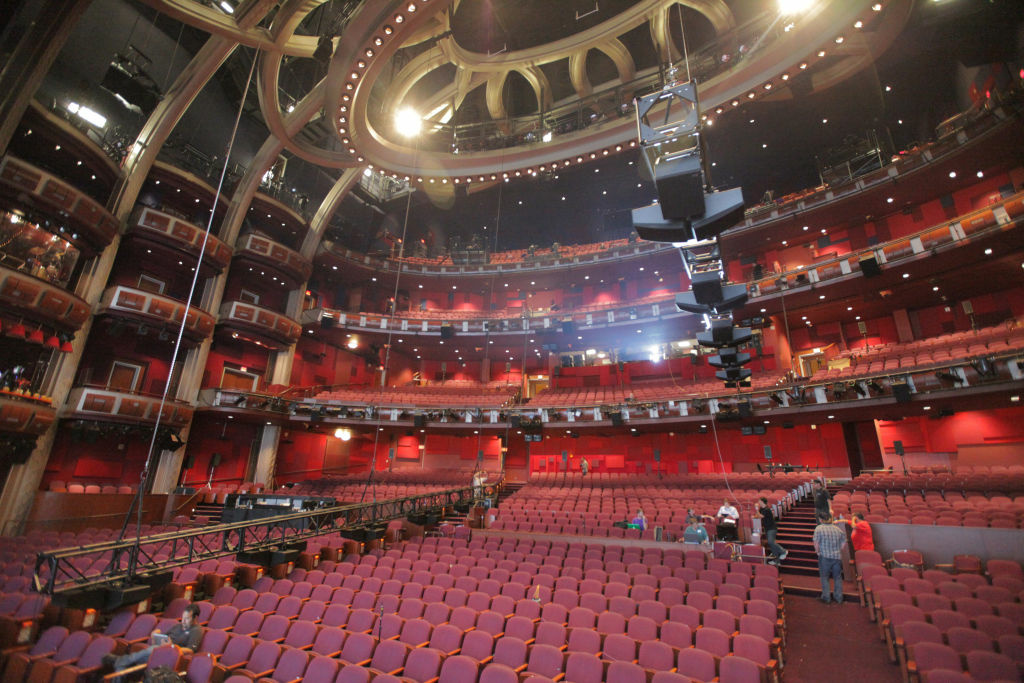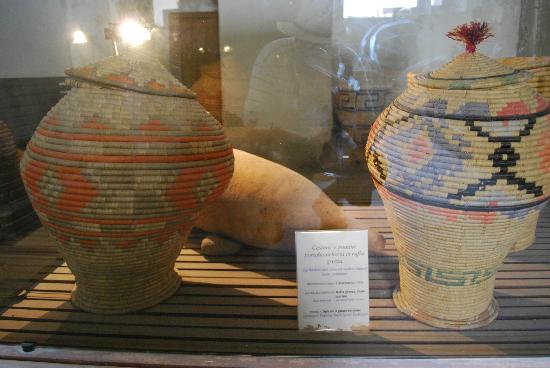Ahsan Manzil, also known as the Pink Palace, is a captivating architectural gem located in Dhaka, Bangladesh. Let’s delve into its history, anecdotes, and some intriguing facts, as if we were exploring it together as travel enthusiasts.
History:
Ahsan Manzil stands as a symbol of the rich cultural heritage of Bangladesh. It was originally built in the 19th century by Nawab Abdul Ghani, the city’s wealthiest zamindar (landlord) at the time. The construction of the palace was completed in 1872 and served as the official residence of the Nawabs of Dhaka.
Anecdotes:
-
The Zamindari Legacy: Nawab Abdul Ghani was a prominent figure in Dhaka’s zamindari system, known for his wealth and influence. Ahsan Manzil was a testament to his opulence and grandeur, reflecting the architectural style of the time.
-
The Historic Significance: During the British colonial period, Ahsan Manzil played a pivotal role in shaping the political landscape of Bengal. It was a hub for cultural gatherings, political discussions, and social events, hosting dignitaries and intellectuals of the time.
-
The Partition Era: Ahsan Manzil witnessed the tumultuous era of the partition of Bengal in 1947. The Muslim League, under the leadership of figures like Nawab Salimullah, held crucial meetings here, advocating for the creation of Pakistan.
Curious Facts:
-
Architectural Marvel: Ahsan Manzil is renowned for its distinctive architectural style, blending elements of Indo-Saracenic and European neoclassical design. The pink façade, ornate domes, and intricate detailing make it a visual delight for visitors.
-
Flood Resilience: One of the most fascinating aspects of Ahsan Manzil is its innovative construction. The palace was built on a raised platform to protect it from flooding, a common occurrence in the low-lying areas of Dhaka.
-
Cinematic Fame: Ahsan Manzil has served as a backdrop for numerous films, both in Bangladesh and beyond. Its majestic beauty and historical significance have made it a popular filming location, adding to its allure.
Conclusion:
As we explore the corridors of Ahsan Manzil and admire its architectural splendor, we are transported back in time to an era of grandeur and political upheaval. This iconic landmark not only reflects the rich heritage of Bangladesh but also stands as a testament to the resilience and spirit of its people throughout history.













